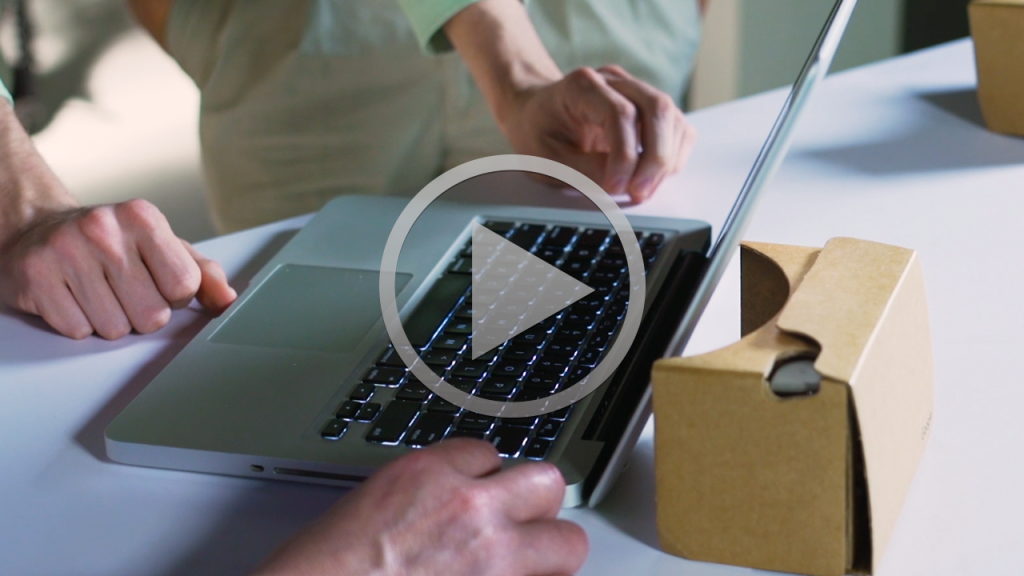Today we’re releasing the HDXPRT 4 Community Preview (CP). Just like previous versions of HDXPRT, HDXPRT 4 uses trial versions of commercial applications to complete workload tasks. For some of those programs, such as Audacity and HandBrake, HDXPRT 4 includes installers in the HDXPRT installation package. For other programs, such as Adobe Photoshop Elements 2018 and CyberLink Media Espresso 7.5, users need to download the necessary installers prior to testing by using the links and instructions in the HDXPRT 4 User Manual.
In addition to the editing photos, editing music, and converting videos workloads from prior versions of the benchmark, HDXPRT 4 includes two new Photoshop Elements scenarios. The first utilizes an AI tool that corrects closed eyes in photos, and the second creates a single panoramic photo from seven separate photos.
HDXPRT 4 is compatible with systems running Windows 10, and the installation package is slightly smaller than previous versions at just over 4.7 GB.
Because this is a community preview, it is available only to community members, who may download the preview from the HDXPRT tab in the Members’ Area. Because we expect results from CP testing to be comparable to results from the general release, members may publish their CP test results.
After you try the CP, please send us your comments. If you send information that’s relevant to the entire community, we may post an anonymous version of your comments to the forum. Thanks for your participation!
Justin













